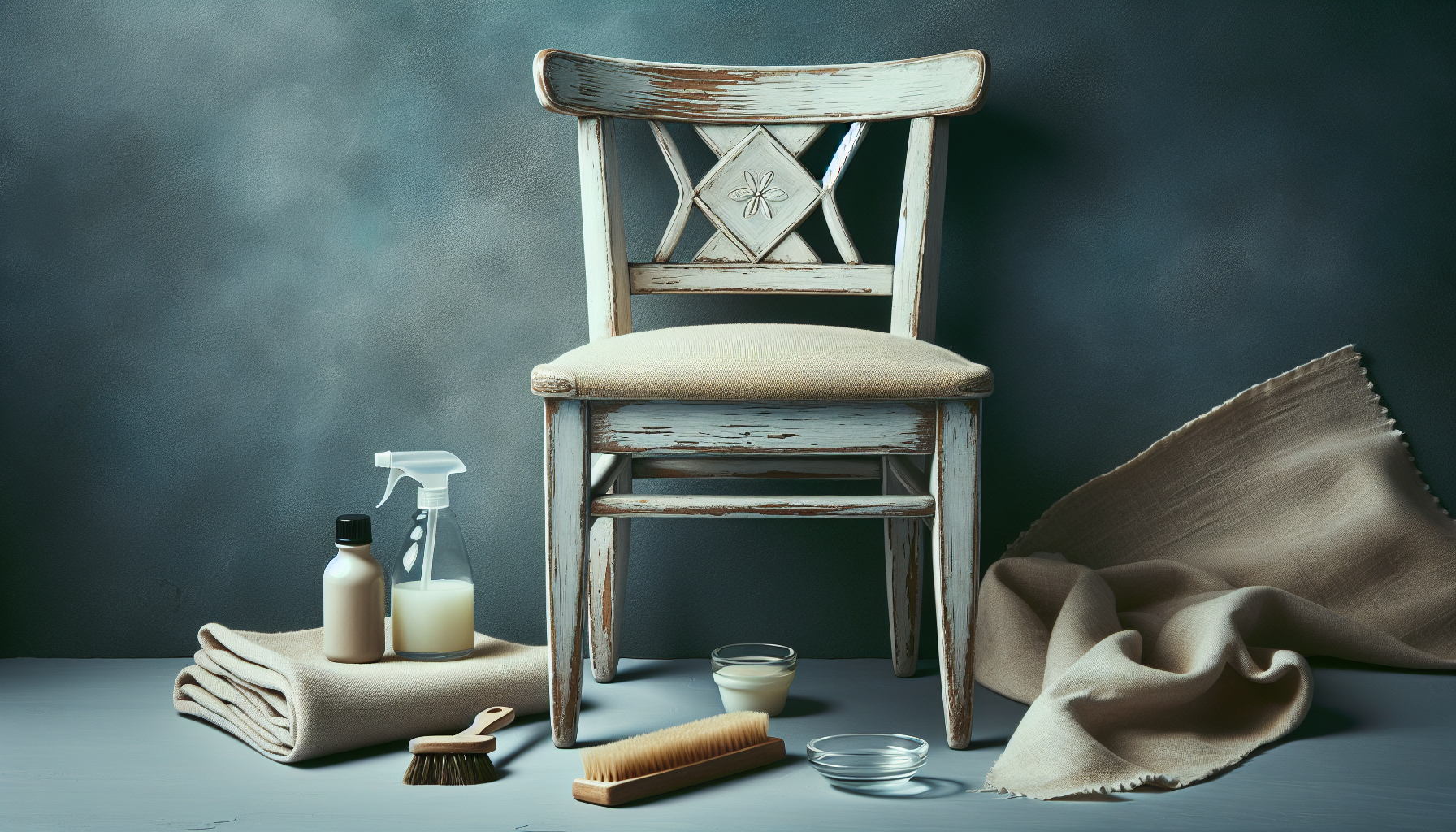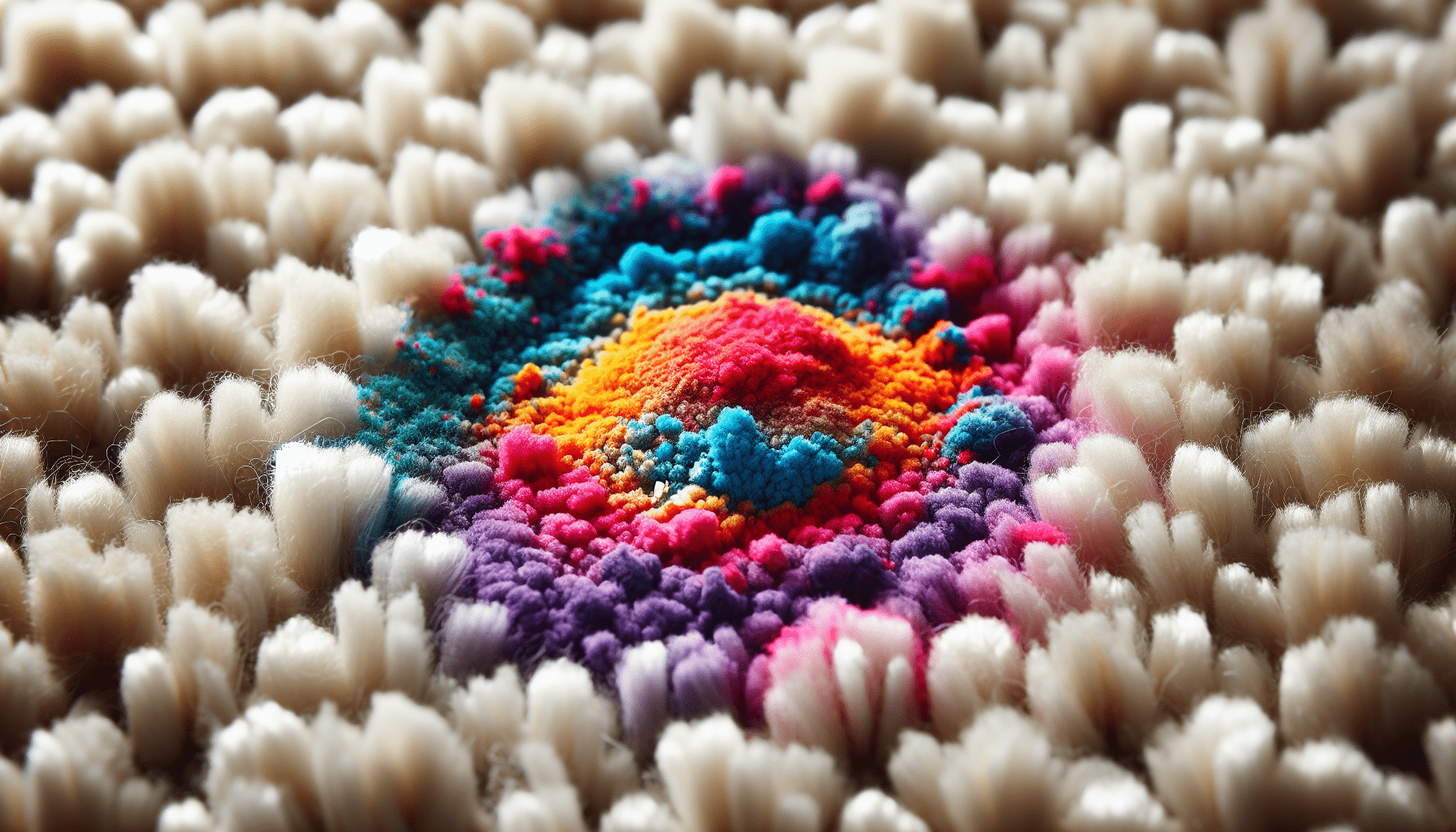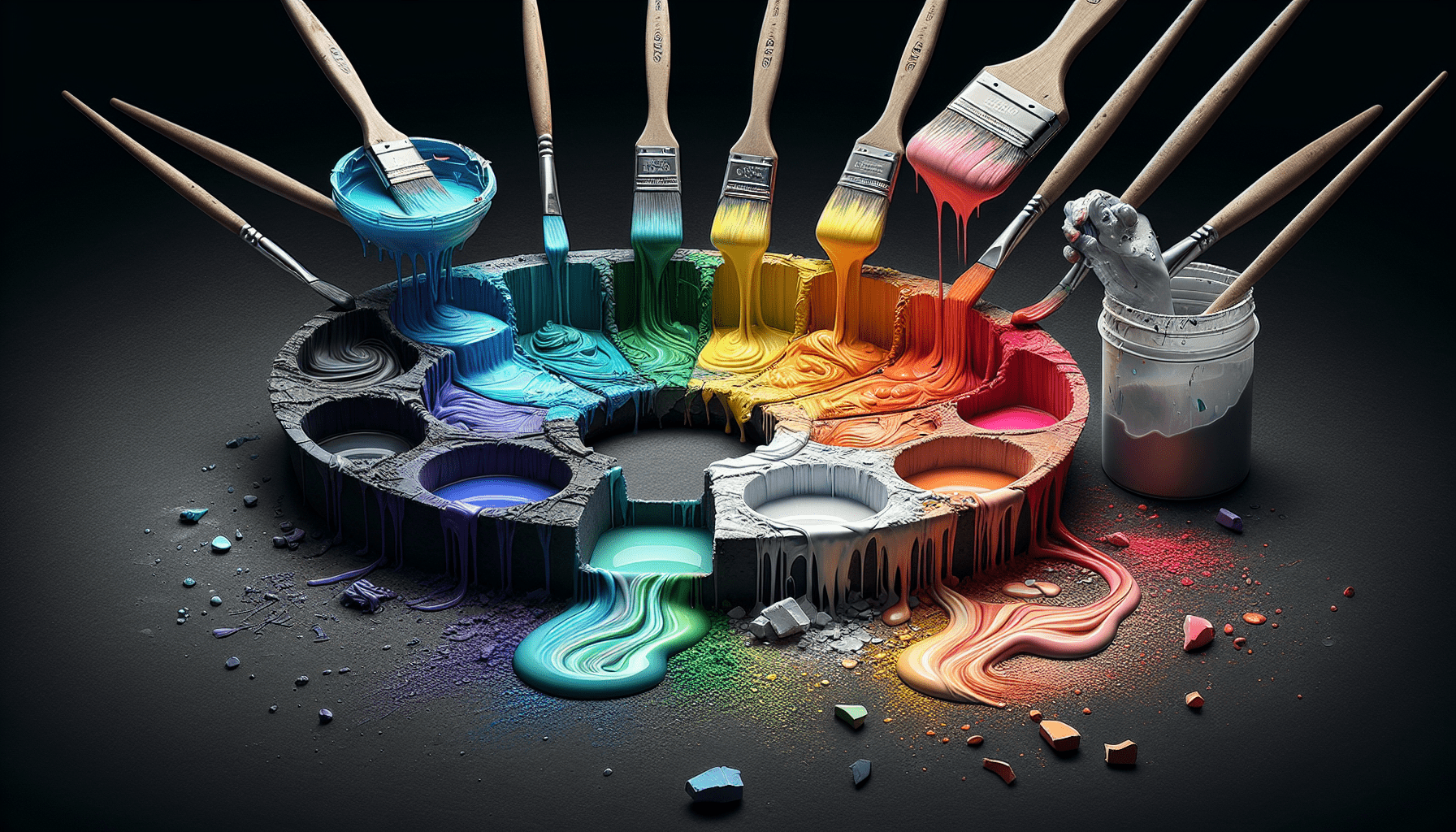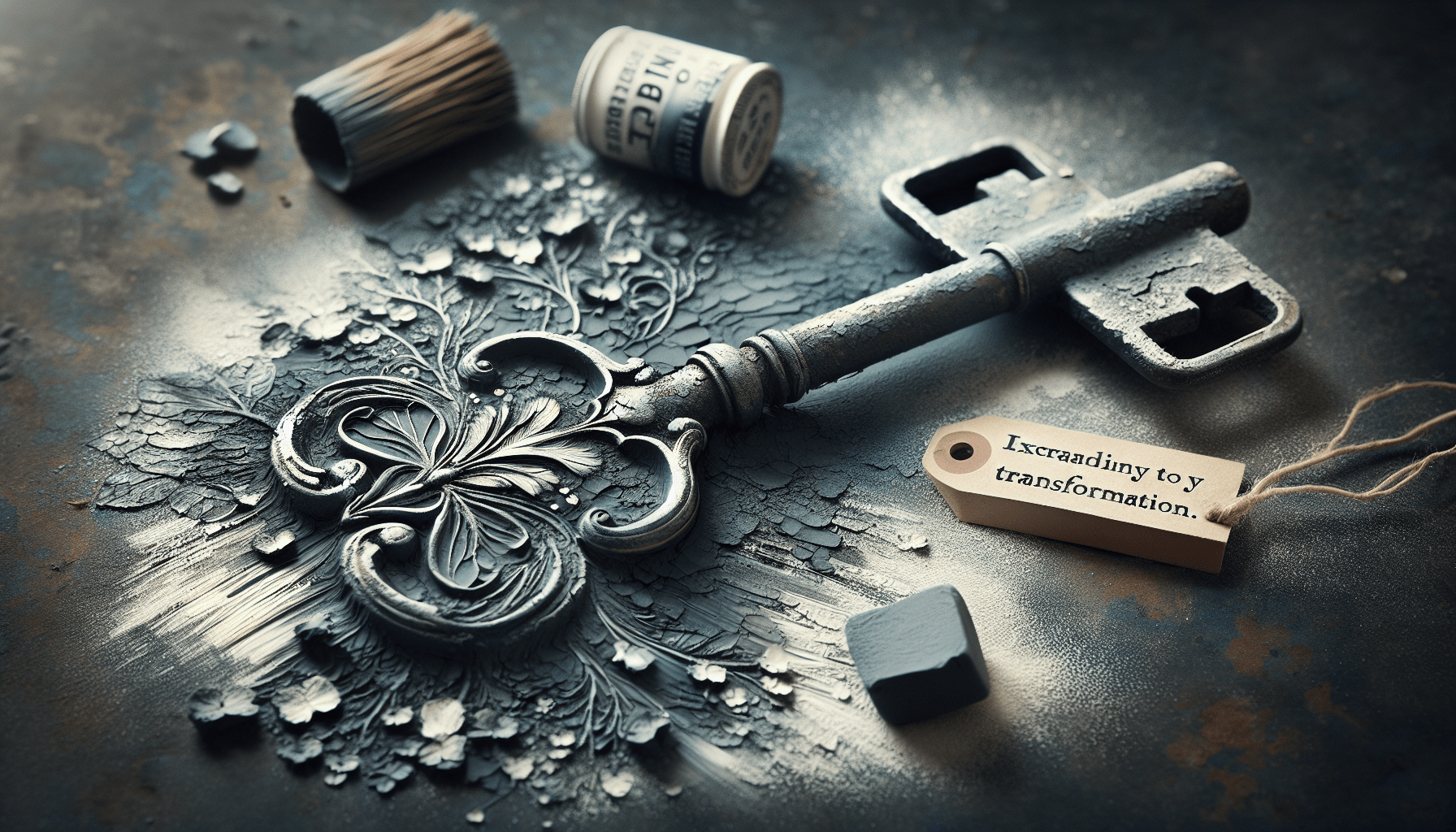Maintaining the pristine appearance of your chalk paint furniture can be a challenging task, especially when it comes to cleaning. Without the proper knowledge and techniques, you may unknowingly damage the delicate finish. In this article, you will discover essential tips and tricks to efficiently clean your chalk paint furniture while preserving its beautiful matte finish. From gentle cleaning solutions to effective methods of removing stubborn stains, you will learn everything you need to know to keep your furniture looking impeccable for years to come.
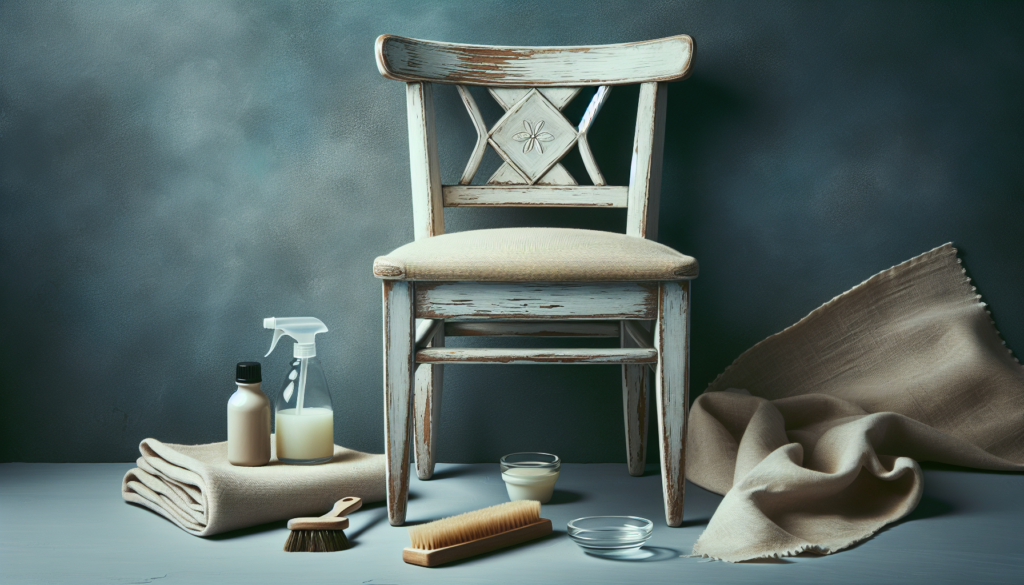
Cleaning Supplies
To effectively clean chalk paint furniture, you will need a few essential cleaning supplies. These include a dusting cloth or microfiber cloth, a soft-bristle brush, a bucket of warm water, mild dish soap, and white vinegar. These supplies will help you tackle dust, stains, and marks on your furniture.
Preparing the Furniture
Before diving into the actual cleaning process, it is important to properly prepare the furniture. Start by removing any loose debris, such as crumbs or dirt, from the surface of the furniture. This can be done by using a soft-bristle brush or even just your hands. Next, take your dusting cloth or microfiber cloth and gently dust the entire piece of furniture. This will help remove any surface-level dust or dirt. Finally, take a closer look at the furniture and identify any stains or marks that may require special attention during the cleaning process.
Cleaning Unfinished Surfaces
If your chalk paint furniture has unfinished surfaces, such as wood or raw metal, a gentle cleaning solution is the way to go. Mix a solution of warm water and mild dish soap in the bucket. Dip your cloth into the solution, wring out the excess liquid, and then gently wipe the surface of the furniture. Be sure to avoid saturating the surface, as too much moisture can damage unfinished materials. After cleaning, use a dry cloth to remove any remaining moisture from the furniture.
Cleaning Finished Surfaces
For furniture with finished surfaces, it is important to test the cleaning solution on a small, inconspicuous area first to ensure it does not damage the finish. Once the solution is confirmed safe, dip your cloth or soft-bristle brush into the mixture and clean the furniture in sections. Work in small, circular motions to remove any dirt or grime. Rinse the cloth or brush frequently in the bucket of warm water to prevent spreading dirt or stains. Once the cleaning process is complete, use a dry cloth to remove any excess moisture and to give the furniture a polished finish.
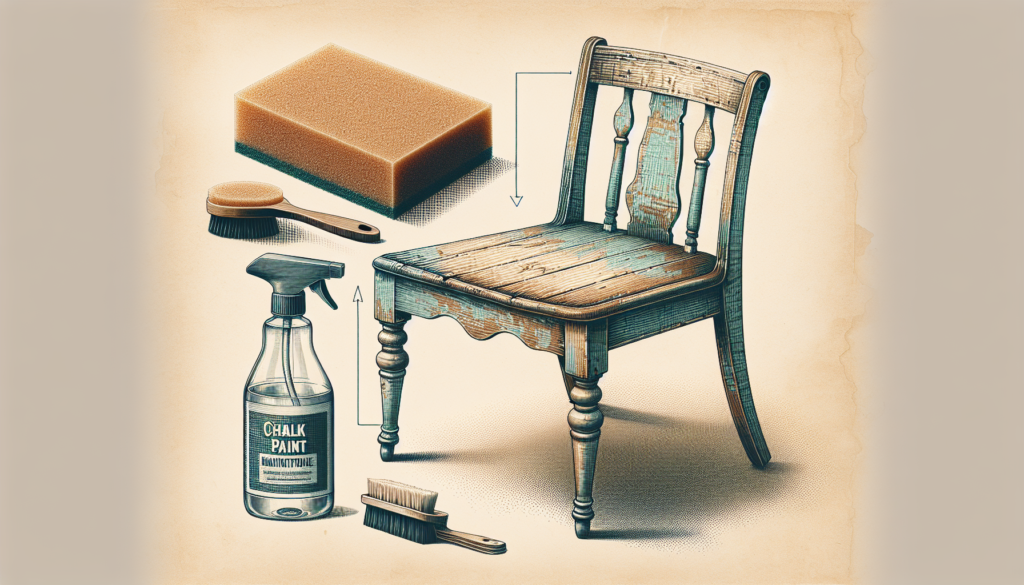
Removing Stains
Stains can be a common issue when it comes to chalk paint furniture. Different types of stains require different approaches for effective removal.
-
Water Stains: To deal with water stains, create a mixture of equal parts white vinegar and warm water. Dip a cloth into the solution, wring out the excess liquid, and gently dab the stained area. Let the solution sit for a few minutes before wiping it away with a clean, damp cloth. Dry the surface thoroughly.
-
Ink or Marker Stains: Ink or marker stains can be more challenging to remove. Start by dampening a cloth with rubbing alcohol. Gently blot the stained area, taking care not to scrub too hard. If the stain persists, try using a paste made from baking soda and water. Apply the paste to the stained area, let it sit for a few minutes, and then wipe it away with a clean cloth.
-
Food or Beverage Stains: To remove food or beverage stains, first, blot any excess liquid with a clean cloth. Then, mix a solution of warm water and mild dish soap. Dip a cloth into the solution, wring out the excess, and gently dab the stained area. Rinse the cloth and repeat the process until the stain is no longer visible. Finish by drying the surface thoroughly.
-
Grease or Oil Stains: Grease or oil stains can be particularly stubborn. Start by blotting the stained area with a clean cloth to remove any excess grease or oil. Next, sprinkle cornstarch or baking soda onto the stain and let it sit for a few minutes to absorb the oil. Gently brush off the powder and repeat the process if necessary. Finish by cleaning the area with a mild dish soap and warm water mixture, and then dry the surface.
-
Wax or Crayon Stains: Wax or crayon stains may require a combination of heat and gentle scraping. Use a hairdryer to warm the wax or crayon on the stained area. Once it is softened, gently scrape off as much as possible using a plastic scraper or credit card. If there is residue left, place a clean cloth over the stain and iron over it on a low heat setting. The heat will help transfer the remaining wax or crayon onto the cloth.
Dealing with Tough Marks
Sometimes, chalk paint furniture may have tough marks or damage that need a little extra attention. Here are a few methods to address such issues:
-
Using a Soft-Bristle Brush: If there are stubborn marks or dirt that cannot be easily removed with a cloth, try using a soft-bristle brush. Gently scrub the affected area in circular motions, applying minimal pressure to avoid scratching the surface.
-
Gentle Sanding: For marks or stains that have penetrated the chalk paint finish, sanding may be necessary. Use fine-grit sandpaper and sand the affected area gently until the mark is no longer visible. Be careful not to oversand and remove too much of the paint.
-
Applying Touch-Up Paint: If the furniture has scratches, chipping, or areas where the paint has worn off, touch-up paint can help restore its appearance. Use a small brush or sponge to apply the paint, ensuring that it matches the existing color. Allow the touch-up paint to dry thoroughly according to the manufacturer’s instructions.
Protective Measures
To maintain and protect your chalk paint furniture, consider applying a wax finish or a clear topcoat. Both options can provide an additional layer of protection from everyday wear and tear. Wax finishes offer a more matte appearance, while clear topcoats provide a slightly glossy look. Avoid using harsh chemical cleaners on your furniture, as they can strip away the paint or damage the finish. Stick to mild dish soap and water solutions for regular cleaning.
Maintenance Tips
To keep your chalk paint furniture looking its best, follow these maintenance tips:
-
Regular Dusting: Dedicate some time to dusting your furniture regularly to prevent the buildup of dirt and dust. A dusting cloth or microfiber cloth will work well for this task.
-
Using Coasters and Placemats: When placing items on your furniture, such as glasses or plates, use coasters or placemats to protect the surface from stains or marks.
-
Cleaning Up Spills Promptly: Accidents happen, so it is important to clean up spills on your furniture promptly. Use a clean cloth to blot the spill and then gently clean the area with a mild dish soap and warm water solution.
-
Avoiding Direct Sunlight: Chalk paint furniture can fade when exposed to direct sunlight for prolonged periods. To prevent this, consider rearranging your furniture or using window coverings to shield it from direct sunlight.
-
Touching Up as Needed: Over time, your chalk paint furniture may experience wear and tear. To keep it looking fresh, touch up any scratches or marks as needed using the same paint color and application method that was originally used.
Additional Tips and Warnings
Here are a few additional tips and warnings to keep in mind when cleaning your chalk paint furniture:
-
Trying a Small Test Area First: Before applying any cleaning solution or attempting stain removal techniques, test them on a small, inconspicuous area of the furniture to ensure they do not damage the paint or finish.
-
Avoiding Excessive Scrubbing: While it may be tempting to scrub vigorously to remove stubborn stains or marks, excessive scrubbing can damage the paint or finish. Always use gentle, circular motions and avoid applying too much pressure.
-
Never Use Abrasive Cleaners or Tools: Abrasive cleaners, such as scouring powders or rough brushes, can scratch or dull the paint on your furniture. Stick to soft-bristle brushes and mild cleaning solutions for safe and effective cleaning.
-
Protecting Surrounding Surfaces: When cleaning or applying touch-up paint, be mindful of the surrounding surfaces. Lay down protective sheets or towels to prevent any accidental spills or drips from damaging other furniture or flooring.
-
Read and Follow Manufacturer Instructions: Different types of chalk paint may have specific cleaning or maintenance instructions. Always read and follow the manufacturer’s guidelines to ensure the longevity of your furniture.
Troubleshooting
If you encounter specific issues with your chalk paint furniture, here are some troubleshooting tips to address them:
-
Dealing with Paint Lifting or Peeling: If you notice the paint on your furniture starting to lift or peel, it may be due to improper adhesion or water damage. Sand the affected area lightly, clean it thoroughly, and then apply a fresh coat of chalk paint, following the manufacturer’s instructions.
-
Addressing Chipping or Cracking: Chips or cracks in the paint can occur over time. Use fine-grit sandpaper to gently smooth out the affected area. Apply touch-up paint, allowing it to dry completely before applying a wax finish or clear topcoat for added protection.
-
Fixing Uneven or Streaky Finish: If your chalk paint furniture has an uneven or streaky finish, it may be due to improper application or insufficient drying time between coats. Sand the surface lightly to create a smooth base, apply a fresh coat of paint using even strokes, and let it dry thoroughly before adding any protective finishes.
By following these comprehensive cleaning and maintenance tips, you can keep your chalk paint furniture looking beautiful and prolong its lifespan. Remember to be gentle, test any cleaning solutions or techniques, and always prioritize the protection of the paint and finish. With proper care, your chalk paint furniture will provide you with years of enjoyment and aesthetic appeal.
